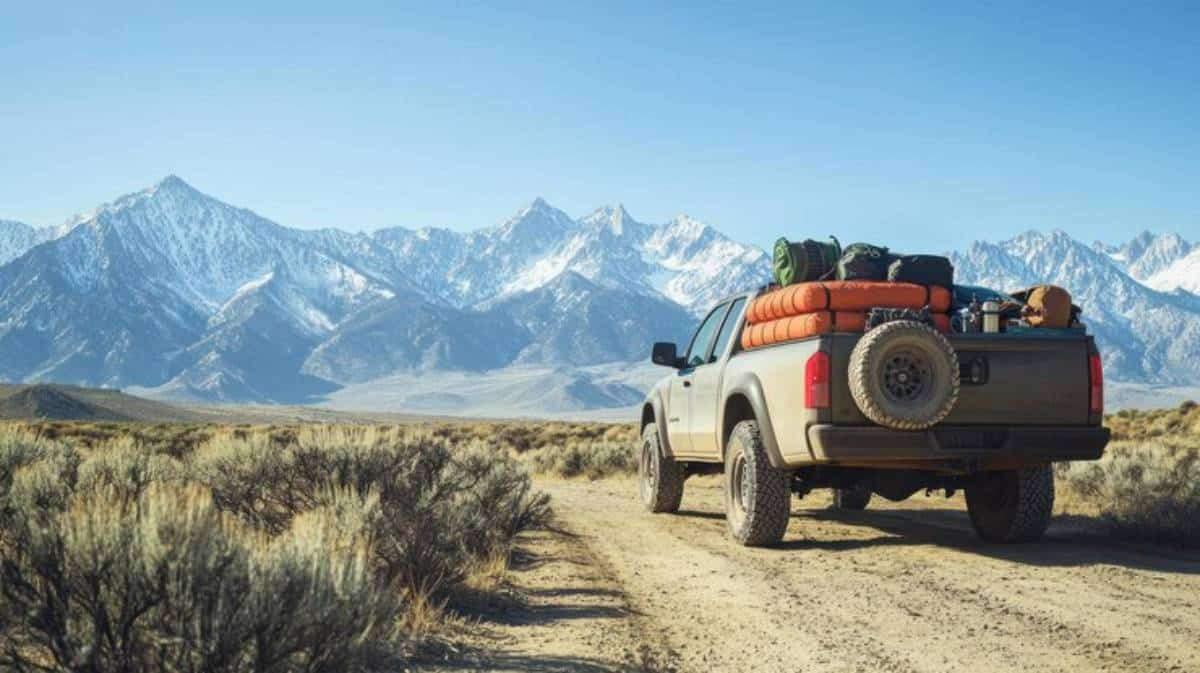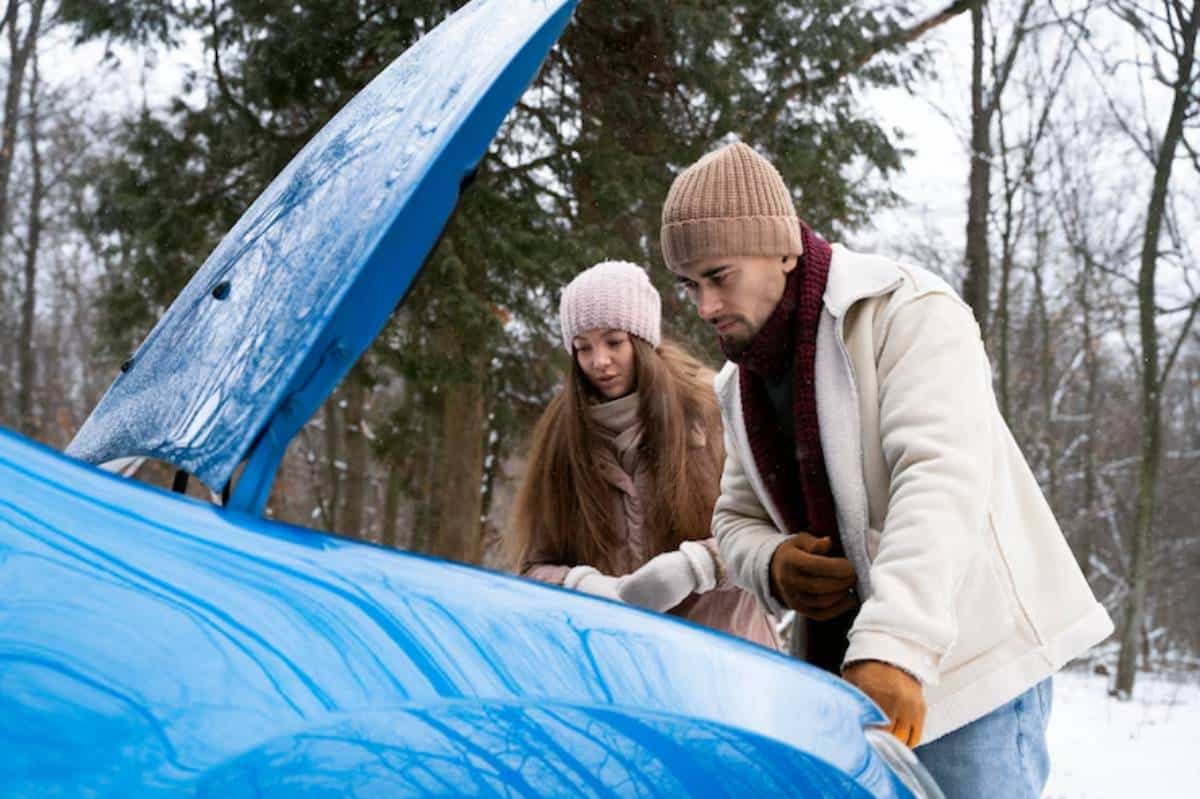
Weight Distribution Tips for Fully Loaded Rigs
Ever feel your rig sway more than usual when cornering or find the rear sagging under the load of gear? You’re not alone. Improper weight distribution is one of the most common issues in overlanding setups, and it can significantly impact safety, vehicle handling, and even fuel efficiency.
Whether you’re packing for a weekend away or setting off on a cross-country trip, how you organise your load matters. Overloaded rear axles, uneven side-to-side balance, and top-heavy gear stacking can all affect stability. In worst-case scenarios, it can even lead to suspension damage or rollovers.
In this guide, you’ll learn how to achieve proper off-road vehicle balance, set up a reliable load distribution setup, and get smart with packing for overlanding. It’s not just about what you carry—it’s about where and how you carry it.
Why Weight Distribution Matters in Overlanding
Weight distribution directly impacts your vehicle’s performance on and off the trail.
Key Benefits of Proper Balance:
- Improved stability Especially on side slopes and uneven ground
- Better suspension response Reduces bottoming out and sway
- Optimised tyre wear Even load on each wheel
- Safer braking and steering control
- Increased fuel efficiency
Overloading or poorly packing your vehicle can not only stress your drivetrain but also void warranties and insurance cover in case of an accident.
Understanding Gross Vehicle Mass (GVM) and Payload
Before you start packing, know your rig’s limits.
- GVM: The maximum legal weight of your vehicle when fully loaded
- Payload: The difference between kerb weight and GVM (i.e. what you can safely carry)
- GCM (Gross Combination Mass): Includes your trailer if towing
Check your owner’s manual or compliance plate. And remember—payload includes passengers, water, accessories, and fuel.
The 60/40 Rule for Load Distribution
A good rule of thumb for load distribution setup is 60% of your weight over the front half of the vehicle and 40% over the rear. This helps maintain balance, braking, and handling.
Side-to-Side:
- Aim for symmetry to prevent body roll
- Keep tools, spares, and liquids centred or low
Front-to-Rear:
- Place heavier gear forward of the rear axle
- Distribute camping and sleeping gear toward the middle
Use tie-downs and drawer systems to keep gear from shifting.
How to Pack for Optimal Vehicle Balance
Best Practices:
- Heaviest items low and centred: Batteries, fridges, recovery gear
- Avoid roof overloading: Limit rooftop gear to 40kg max
- Use underfloor storage: For water tanks or tools
- Balance drawers left to right: One side heavy? Offset it with spares
- Keep light and bulky items up top: Sleeping bags, soft duffels
If you’re using drawer systems or DIY builds, refer to our budget-friendly overland rig setup for layout ideas that keep gear low and stable.
Suspension and Tyre Considerations
A well-balanced load reduces strain on your suspension and tyres.
Suspension:
- Fit appropriate springs for your loaded weight
- Consider progressive coils or airbag helpers
- Avoid over-lifting without a weight to justify it

Tyres:
- Adjust the tyre pressure to match the axle load
- Watch for uneven wear—a sign of imbalance
- Upgrade load-rated tyres if needed
Weight affects how your tyres grip and how your shocks respond. A balanced rig rides smoother, climbs steadier, and handles recovery better.
Weigh Your Vehicle—Don’t Guess
Use a weighbridge or portable corner scales.
What to Measure:
- Front axle weight
- Rear axle weight
- Side-to-side balance
- Total GVM
Compare actual weights to factory limits. Many overlanders are surprised to find they’ve exceeded payload before even adding passengers.
Keep your weighbridge slip—some campsites and insurers ask for it.
Real-World Examples: Loaded vs Balanced
Example 1:
- Rear storage packed with water jerries and tools
- Rooftop tent + firewood up high
- Poor road handling, sluggish climbs, rear spring sag
Fix:
- Moved jerries under the vehicle
- Relocated tools to the centre drawer
- Used the roof for sleeping bags instead
Result:
- Smoother ride, reduced sway, improved fuel economy
Rooftop Weight and Centre of Gravity
It’s tempting to load the roof with everything that won’t fit inside—but it’s risky.
Limit rooftop cargo to essentials:
- Max 40kg including rack
- Use soft bags or canvas wraps
- Avoid water, fuel, or tools up top
A higher centre of gravity increases rollover risk, especially on side slopes or uneven descents.
Considerations When Towing
Towing changes everything about your weight distribution.
Key Tips:
- Use a weight distribution hitch
- Measure your tow ball weight (aim for 10% of trailer mass)
- Balance your trailer load separately
- Account for trailer’s effect on rear axle weight
Towing amplifies the imbalance. Keep track of your combined GCM and always do a test drive before hitting steep trails—especially if you’re navigating routes with strict terrain ratings and limited access, which makes understanding permit and access rules for off-road trails just as important as packing smart.
Tools That Help You Stay Balanced
- Load scales: Portable tyre weighers
- Drawers and dividers: Keep gear from shifting
- Roof load nets: Keep items secure
- Airbags: Temporarily correct rear sag under load
Invest in permanent solutions—not just quick fixes.
Conclusion: Balance Equals Confidence on the Trail
A well-balanced rig is a joy to drive. It responds predictably, rides comfortably, and handles trail challenges with greater ease. Whether you’re planning a quick weekend escape or a full-blown overland tour, your off-road vehicle balance affects every kilometre.
Approach your packing for overlanding with intent. Know your weights. Think about how every added item shifts your load distribution setup. And revisit your setup after every trip—you’ll learn something new each time.
When your rig is properly balanced, you’ll notice it in every corner, climb, and campfire pull-in. And best of all? Your gear—and your passengers—will thank you for it.


